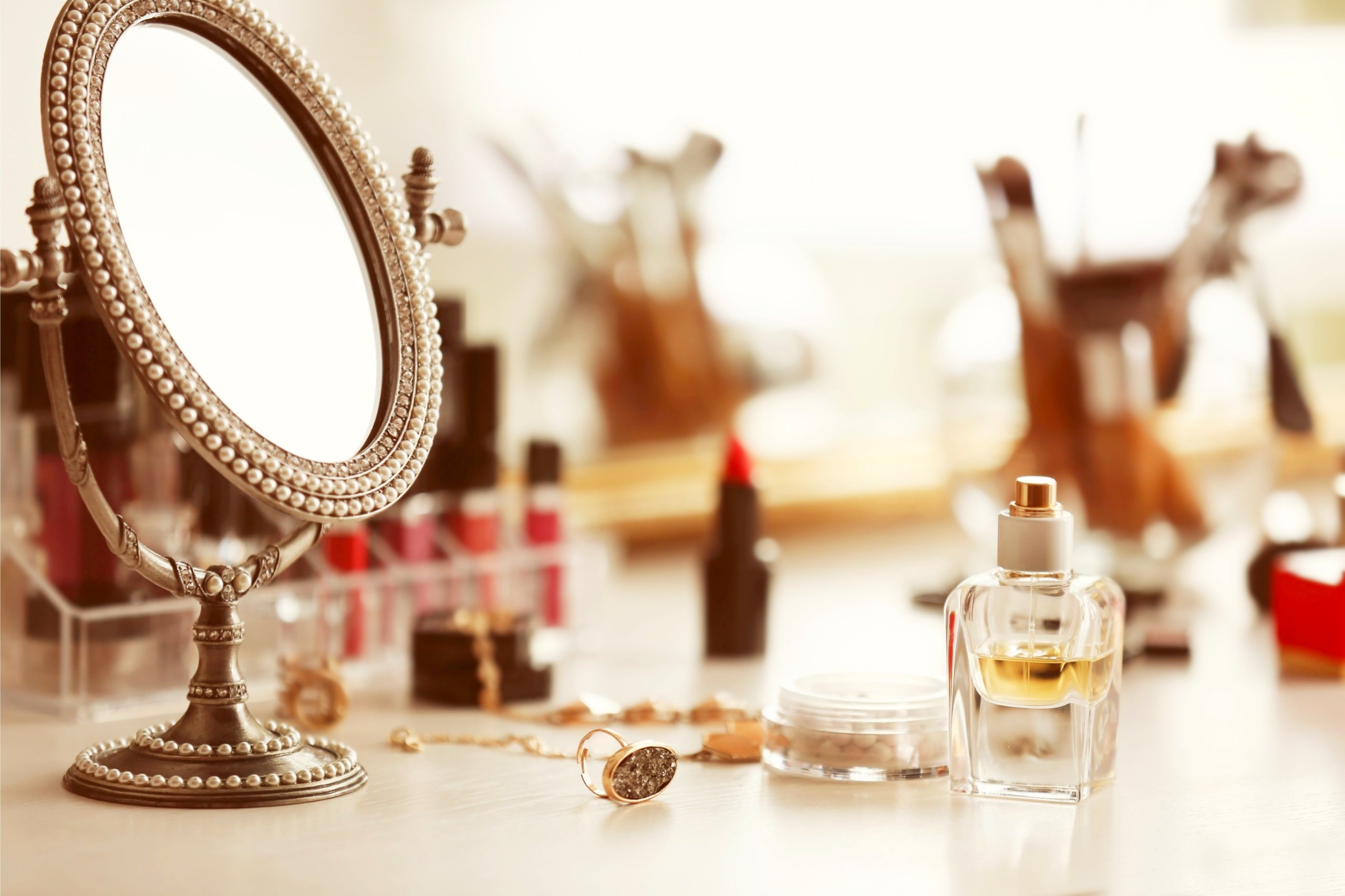
Phthalates and Fertility
We’ve all heard about the dangers of BPA (HealthDay, 2013) and how it can cause infertility by disrupting the reproductive process but have you heard about phthalates (pronounced “thalates”)? Phthalates are a group of chemicals used to make plastic or vinyl more pliable and softer. A recent study conducted by the University of Illinois at Urbana-Champaign found that mice given an oral dose of the phthalate DiNP for 10 days disrupted their ovulatory cycles, decreasing their ability to become pregnant for up to nine months afterward. This study also referenced a 2015 study published in the Journal of Toxicology and Applied Pharmacology that showed DEHP (another chemical in the phthalate family) disrupted hormone signaling and the growth and functioning of the ovaries. (“Phthalates may impair fertility in female mice,” n.d.)
While the FDA and NIH have not come out with conclusive reports advising against phthalates, the NIH does named DEHP a disruptor to the endocrine system and can cause cancer in humans. It also further says that “phthalates may affect human reproduction or development”. (“Phthalates: Your Environment, Your Health | National Library of Medicine,” n.d.-a)
How Am I Exposed to Phthalates?
The most common exposure is through plastic. Plastic containers may be BPA free but that doesn’t mean they’re phthalates free. Exposure includes drinking or eating from plastic containers. Young kids who like to chew on soft vinyl toys can be exposed to the chemical. You can breathe in phthalates if you’re in a room with plastic mini-blinds, wallpaper or vinyl flooring. And finally you can be exposed to it through skin contact. This includes skincare and cosmetics that contain phthalates or nail polish. (“Phthalates: Your Environment, Your Health | National Library of Medicine,” n.d.-b)
Phthalates leaches into food through processing and the containers used to hold the food. People who ate more fast food had more traces of phthalates in their urine. Fast food is not the only culprit. A recent study published in Environmental International found that people who dined out frequently (restaurants or even work cafeteria) had a phthalate intake 35% higher than people who’d only eaten home-prepared meals. (HealthDay, 2018)
We are also exposed to phthalates through skincare and beauty products. Offenders include nail polish (used to reduce cracking and make polish less brittle), hair sprays (to provide more flexibility and help avoid stiffness) and fragrance (as a solvent and fixative for the scent). A study conducted by the FDA in 2010 shows that dibutylphthalate (DBP) and dimethylphthalate (DMP) are rarely used anymore but diethylphthalate (DEHP) is still commonly used in cosmetics.
For a list of the cosmetics that have phthalates please visit:
https://www.fda.gov/Cosmetics/ProductsIngredients/Ingredients/ucm128250.htm
What Can I Do?
We can’t realistically avoid phthalates completely. Ask a contractor to build a house without PVC or a manufacturer to not use adhesives and they would tell you that it’s impossible to avoid. We can however limit our exposure in areas we can control such as not using plastic food containers, not eating out when we don’t have to or need to, and avoiding eating highly processed foods. Read labels of products we purchase. Find brands that you trust and stick to them. The mice in the studies above were exposed to a high amount of phthalates that a human realistically would experience in a lifetime so we don’t need to lock ourselves in a bubble and avoid living. We can however be more educated on what we’re eating and using. We can ask our favorite restaurants and cafes to switch to paper containers. We can even advocate for the FDA to control or eliminate the use of phthalates in common household products.
Help your body detoxify phthalates and other chemicals better by staying in optimal health. In Chinese medicine we always talk about balance. Since we can’t completely avoid toxic chemicals, we can tip the scales in our favor by keeping a clean diet, exercising, finding ways to process stress (physical and mental) and using therapies like acupuncture, supplements and herbs to give our bodies a helping hand.
References
HealthDay. (2013, July 31). Plastics Chemical BPA May Harm Human Fertility: Study. Retrieved March 2, 2019, from https://www.webmd.com/baby/news/20130731/plastics-chemical-bpa-may-harm-human-fertility-study
HealthDay. (2018, March 29). Unhealthy Phthalates Found in Restaurant Food. Retrieved March 2, 2019, from https://www.webmd.com/diet/news/20180329/unhealthy-phthalates-found-in-restaurant-food
Phthalates may impair fertility in female mice. (n.d.). Retrieved March 2, 2019, from https://www.sciencedaily.com/releases/2019/02/190207150036.htm
Phthalates: Your Environment, Your Health | National Library of Medicine. (n.d.-a). Retrieved March 2, 2019, from https://toxtown.nlm.nih.gov/chemicals-and-contaminants/phthalates
Phthalates: Your Environment, Your Health | National Library of Medicine. (n.d.-b). Retrieved March 2, 2019, from https://toxtown.nlm.nih.gov/chemicals-and-contaminants/phthalates


